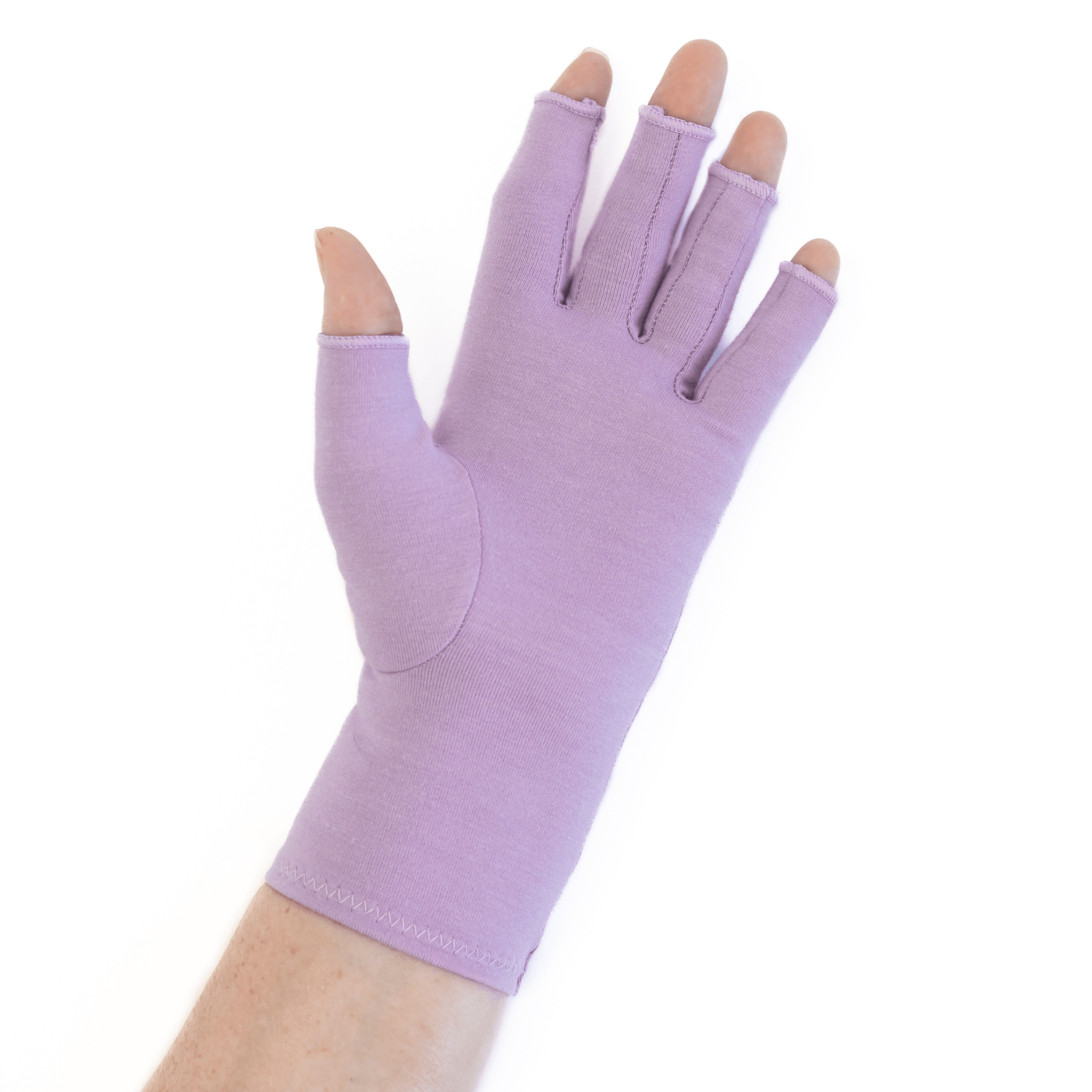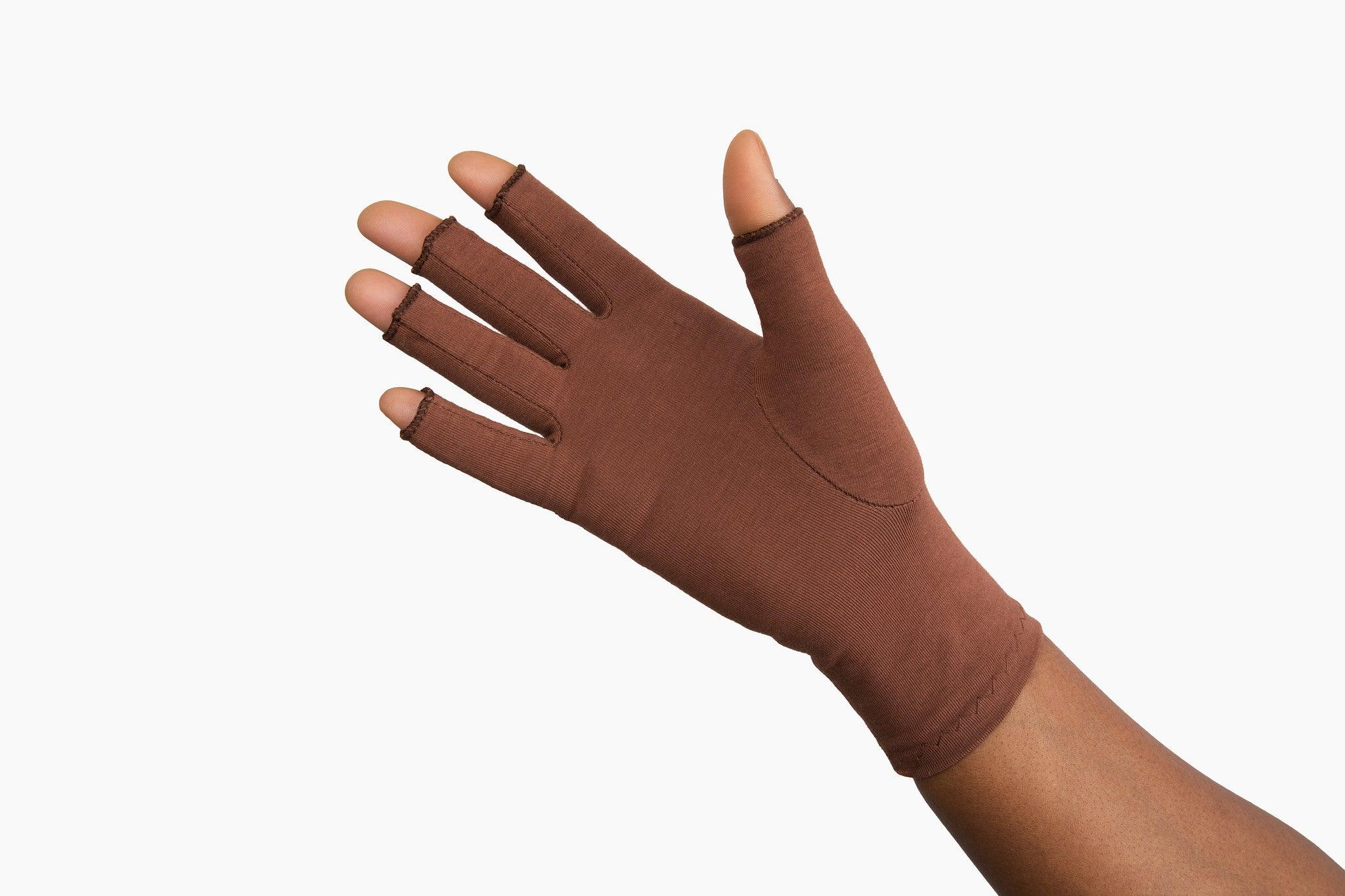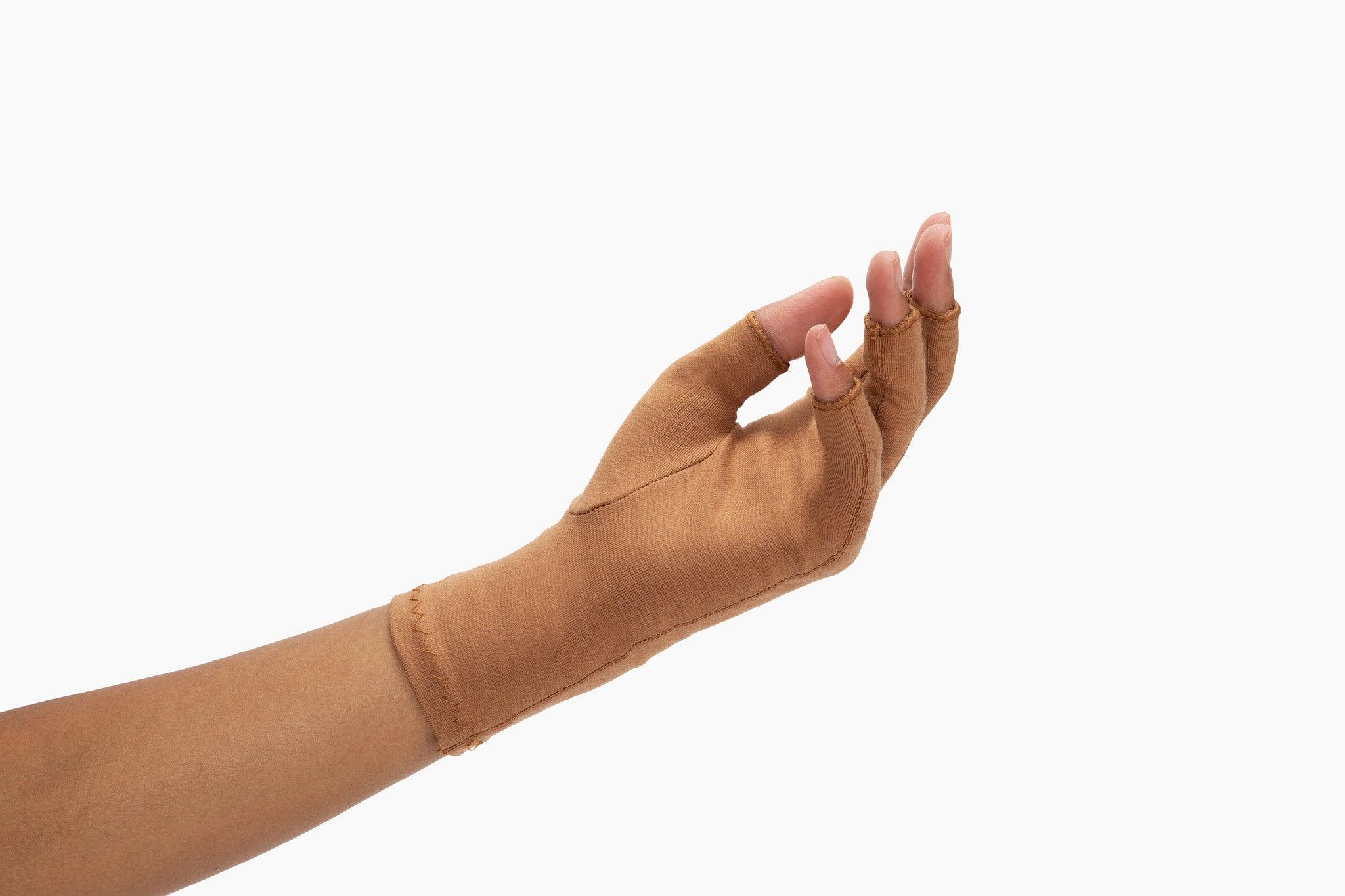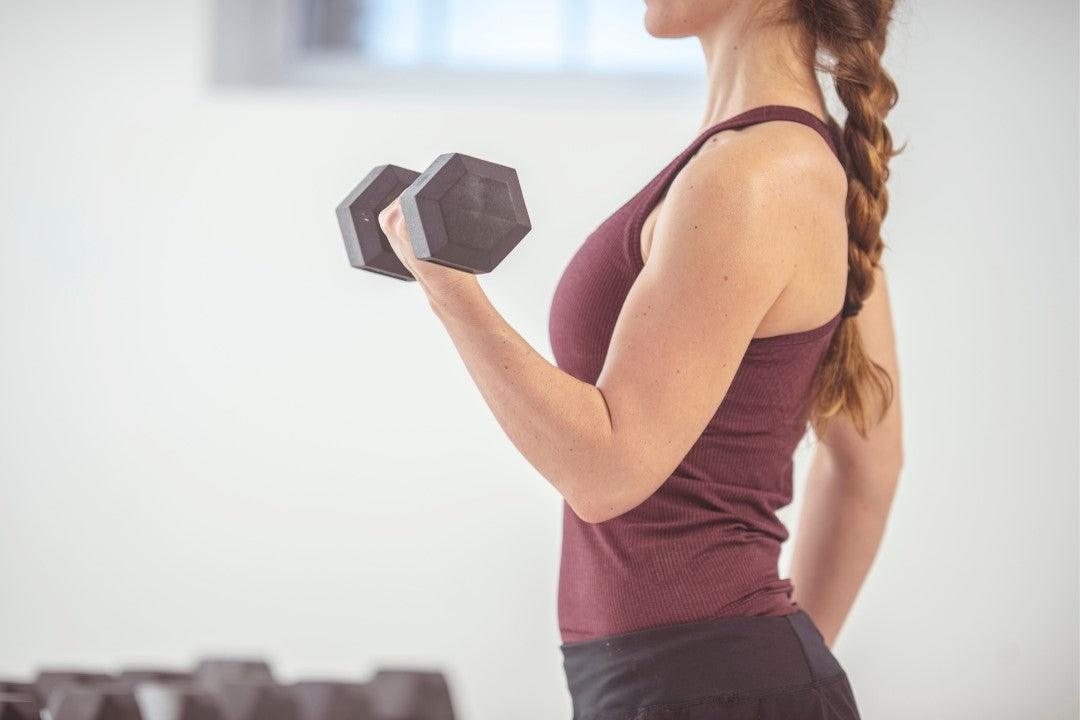As we age, the good health of bones and joints becomes a growing priority. For most women, in midlife and beyond, conditions like osteoporosis and osteoarthritis are grim realities.
Osteoporosis is a bone disorder associated with reduced bone strength. A person with osteoporosis has an increased risk of breaking or fracturing a bone easily.
On the other hand, osteoarthritis is a joint disease affecting pressure-carrying points such as spine, hips, and knees. A person with osteoarthritis experiences pain, stiffness and limited mobility.
Both of these conditions undeniably affect one’s quality of living. On a brighter note, weight lifting and strength training can significantly help manage these conditions.
In What Ways Does Weight Lifting Help Manage Osteoporosis and Osteoarthritis?
Weight lifting, a form of physical training which uses heavy objects like dumbbells. When performed regularly with proper intensity, it can be helpful in managing osteoarthritis and osteoporosis:
Bone Strength: Weight lifting not only strengthens muscles but bones, too. For women at risk of osteoporosis, additional resistance training to your workout routine can strengthen bones which minimizes the risk of fractures.
Relieve Pain and Stiffness: Studies show that strengthening the muscles around the joints enhances joint alignments, thus lessening the pain. One can get rid of pain and stiffness caused by OA through targeted strengthening.
Weight Management: A healthy weight is crucial in managing osteoarthritis and osteoporosis. Excess weight can put more pressure on the compromised joints and bones. Weight lifting increases muscle mass and metabolic rate which can result in healthier body weight.
What are Some Other Benefits of Strength Training?
Strength training does not only help manage osteoarthritis and osteoporosis. It has also several benefits for women in mid-life and beyond:
Lessens Joint Injuries: Strong muscles mean more protection to your joints which prevents joint injuries and improves its overall stability.
Reduces Inflammation: Regular strength training reduces overall inflammation in the body easing joint pains and stiffness.
Decreases Morning Stiffness: Strength exercises help most people manage morning stiffness and get going for the day with less pain and more mobility.
Reduces Disease Activity: For people suffering from chronic diseases, regular strength training may be beneficial in reducing disease activity and improving the overall quality of life.
How Should You Get Started with Weight Lifting?
If you’re new to weightlifting, you should learn to take it slow and easy. You can consult a fitness expert who can help tailor a routine that suits your needs. It is best that you perform low-impact workouts that won’t cause any stress in your joints and bones.
It is not really necessary to spend long hours in the gym to incorporate weight lifting into your routine. Minimal but consistent exercises will make a huge difference. The main goal is to enhance strength, balance, and flexibility for overall health.
Conclusion
Most people may not know but weightlifting is vital for women navigating osteoporosis and osteoarthritis. This type of physical activity boosts muscle strength and joint support. When done regularly, it could make a lasting impact on one's quality of life. Women who maximize the power of weight lifting could undeniably have healthier bone and joint health.















































































Share and get 15% off!
Simply share this product on one of the following social networks and you will unlock 15% off!